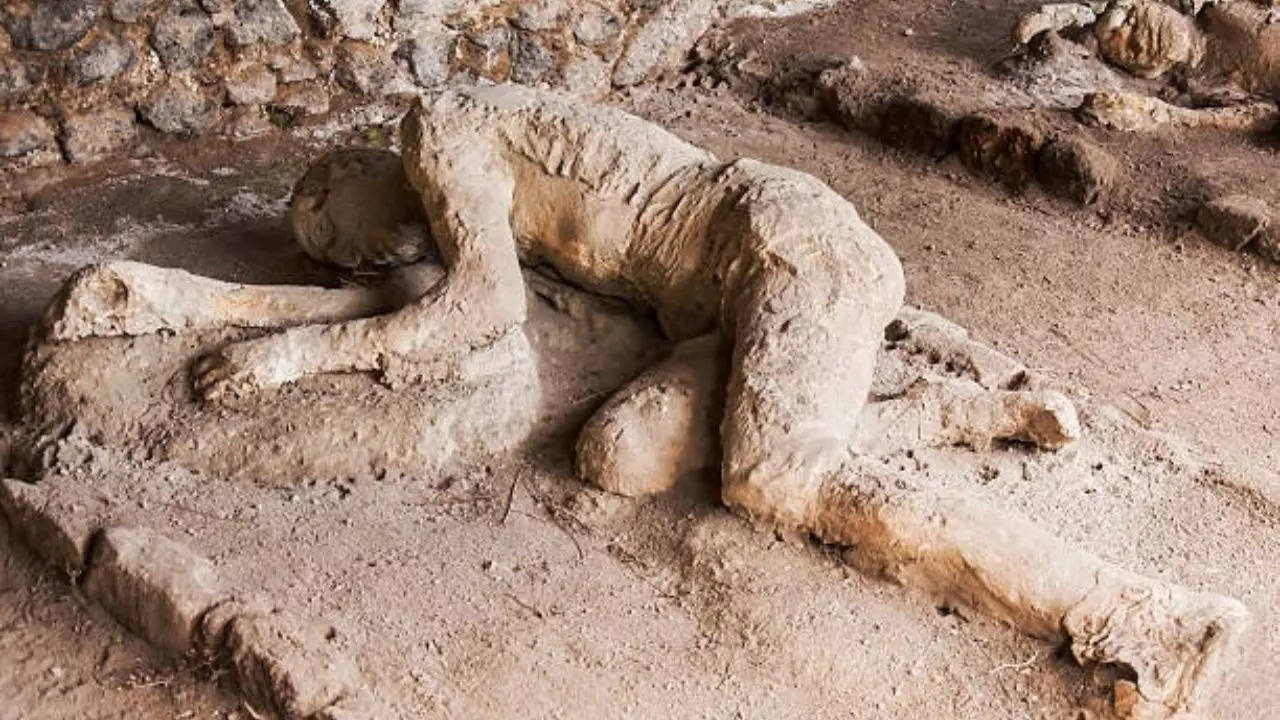In 79 CE, Mount Vesuvius erupted with force, covering the city that lay at its base with volcanic ash. People in the streets were crushed under the weight of the materials; many died of asphyxiation and some in their homes as their city got buried beneath the ash. This city remained frozen in time, perfectly preserving the moment when it all ended, until the 1700s, when it was unearthed, turning it into one of the most famous discoveries of all time.
This city is Pompeii. Why Pompeii Is Famous The story of Pompeii is as tragic as it is fascinating. The city was once a thriving hub of Roman life, teeming with bustling marketplaces, opulent villas, and grand public baths.
But on that fateful day, Vesuvius unleashed a torrent of pyroclastic flows that engulfed Pompeii in a matter of hours. Ash and debris covered the city, sealing it off from the rest of the world. For centuries, it lay hidden beneath a blanket of volcanic material, forgotten by time.
It wasn’t until the 18th century that excavations began, uncovering a remarkably well-preserved Roman civilisation. The layers of ash acted like a protective shield, preserving everything from wall paintings to household items, even the bodies of the city’s unfortunate inhabitants for 17 centuries. Today, these excavated ruins allow visitors to step back into the daily lives of the Romans, frozen in a moment of terror.
While Pompeii is the most famous of the cities affected by Vesuvius, other nearby sites like Herculaneum and St.


















